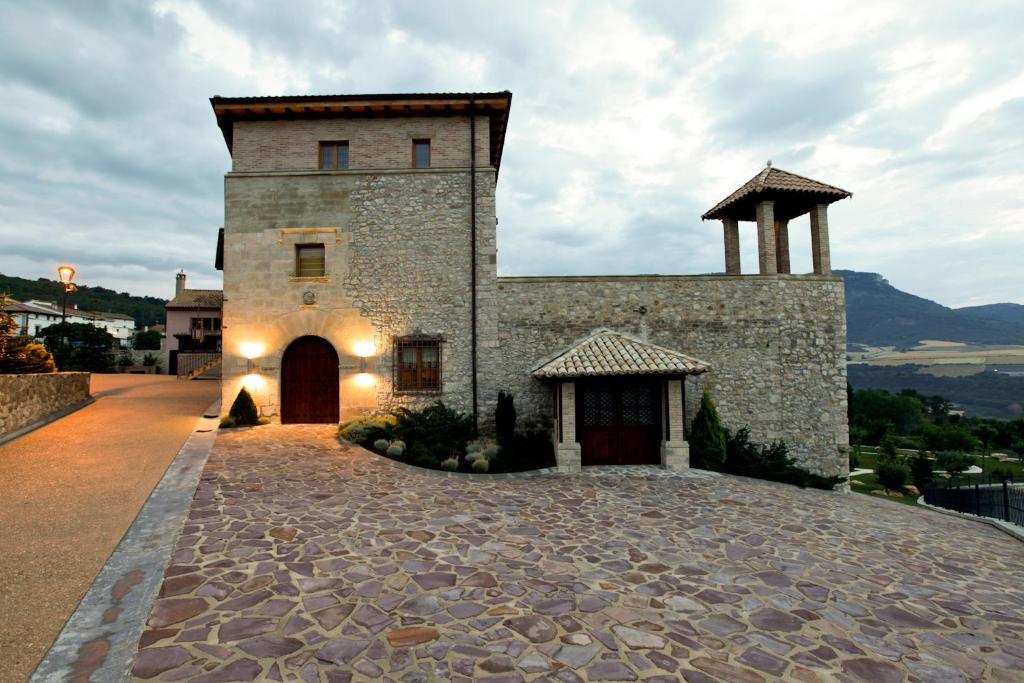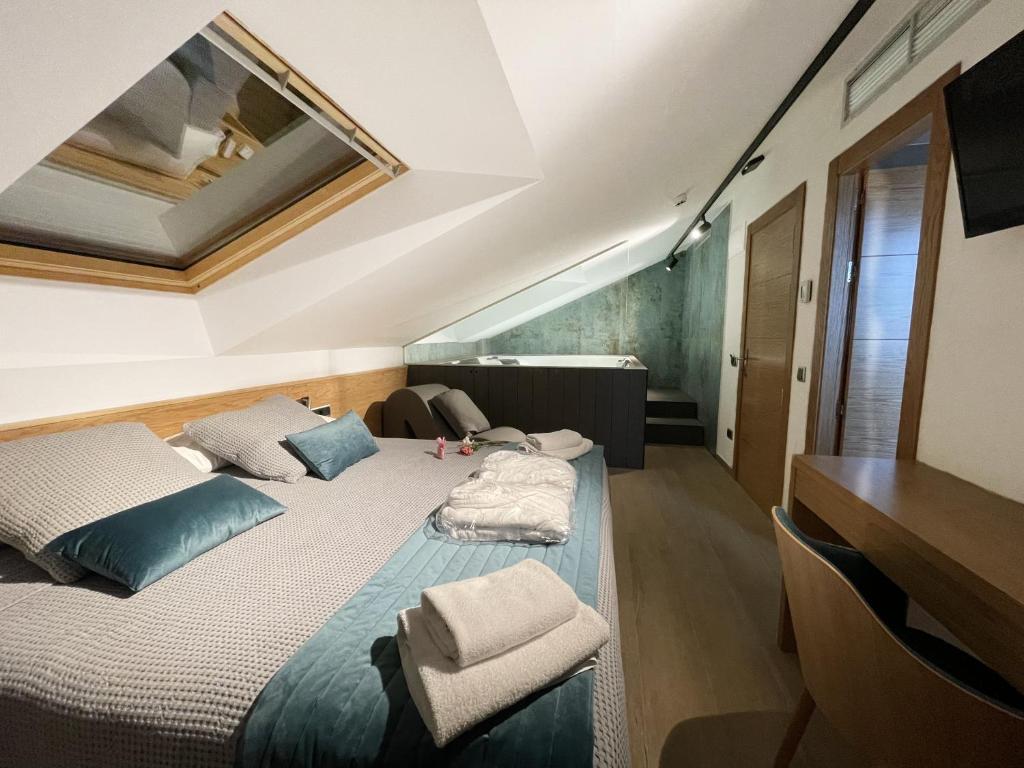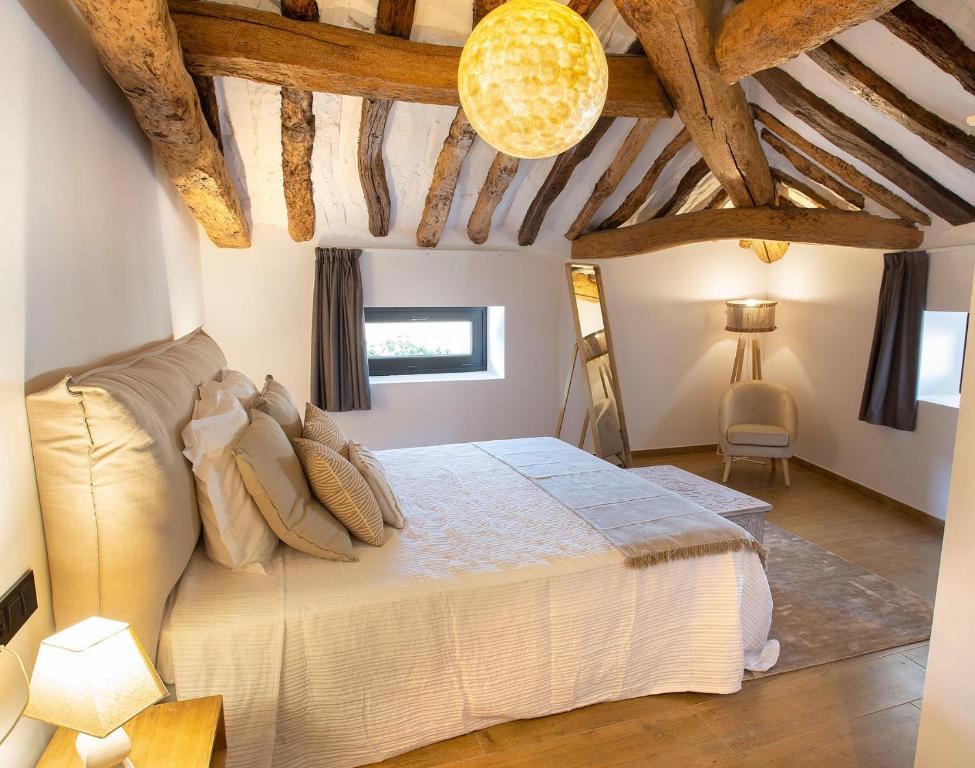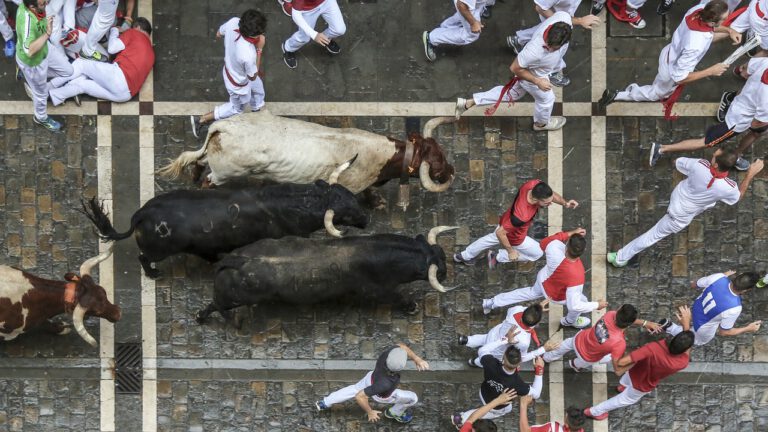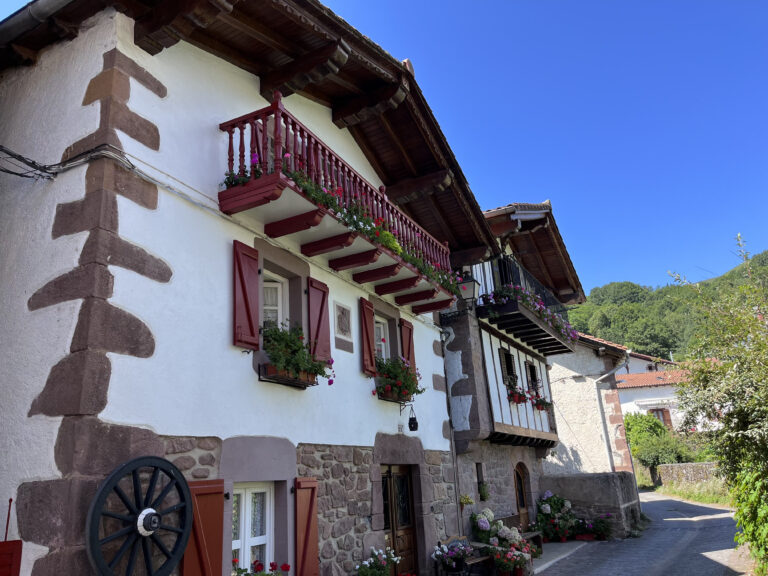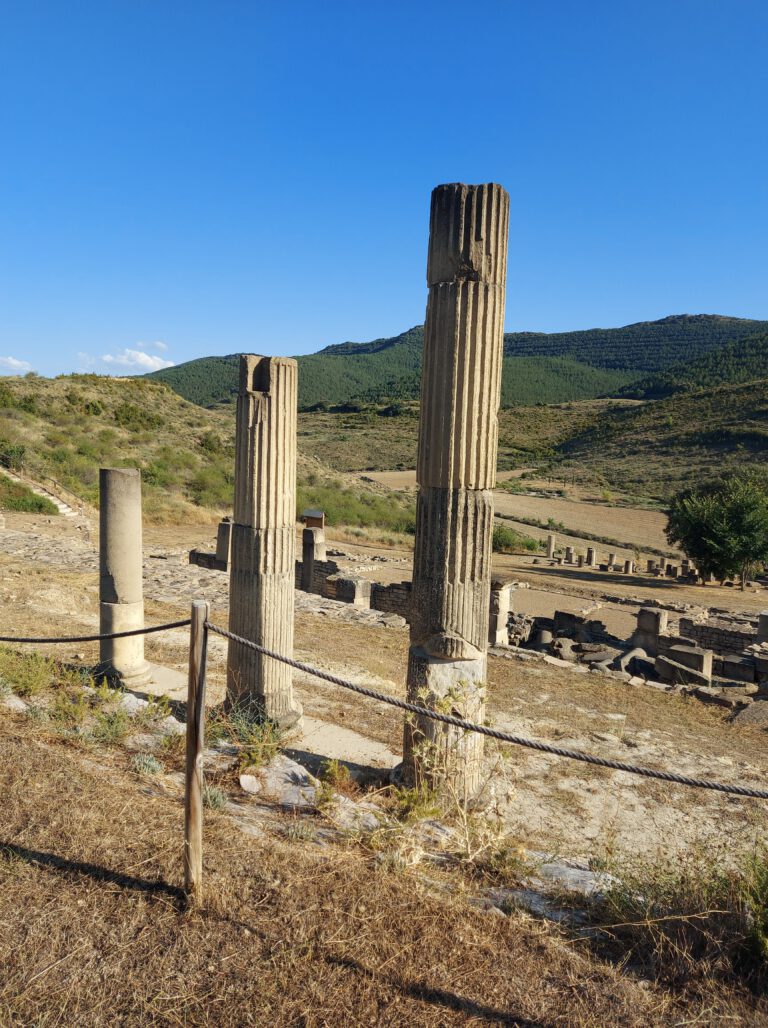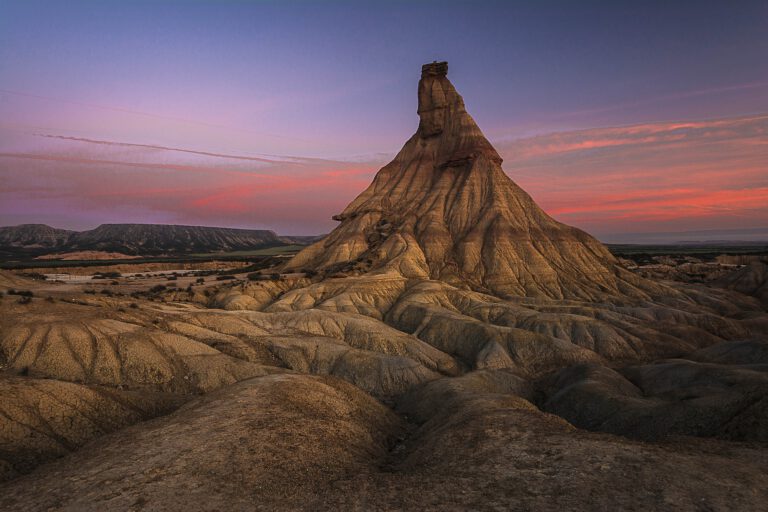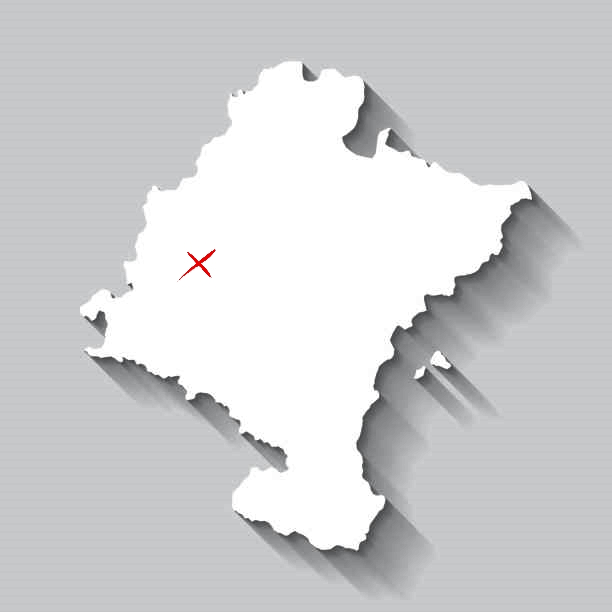The source of the Urederra river (Nacedero del Urederra) is an idyllic place, as its name suggests (in Basque “Ur” means water and “eder” means beautiful). It flows from the bowels of the earth and is best known for its striking turquoise waters. The water leaves a spectacular path of turbulent waterfalls and calm pools. It is also surrounded by a very diverse flora, such as beech, oak, elm and maple trees. In addition, there is also a rich fauna, with many species of birds and also fish. In 1987, the source of the Urederra was declared a nature reserve and since 1997 it has been part of the Natural Park of Urbasa-Andía.

The stroll
Visitors can enjoy walks along well-marked trails that wind along the riverbank. These trails also offer beautiful views of the waterfalls and pools. It is an ideal place for nature lovers, hikers and photographers who are looking for peace and the natural beauty of the area.
The hike starts in the charming village of Baquedano and the trail is well marked for the entire 6.2 kilometers round trip. This walk is not too challenging, making it suitable for the whole family. Dogs are also allowed, provided they are kept on a leash.
Usually the walk takes about 2 to 2.5 hours, including time spent capturing beautiful photos of the surroundings. Currently, the last part of the access to the source is closed for environmental reasons. However, the closed access to the source does not detract from the beauty of the location. This place still offers an unforgettable experience for anyone who explores this route.
To visit this fantastic area, it is mandatory to book in advance (with paid parking). To book, click here. Unfortunately, the website is only available in Spanish. Sometimes the website does not work optimally. If this is the case, please contact nacederodelurederra@gmail.com.

